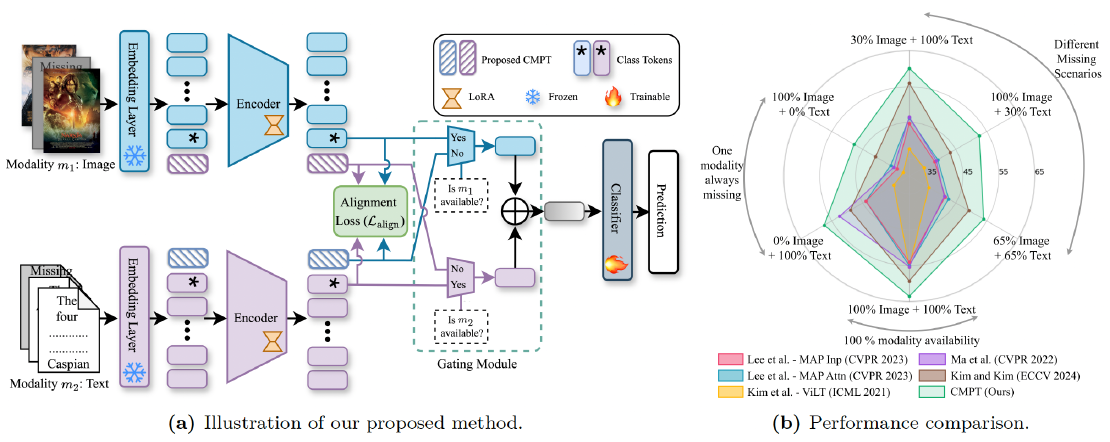The Ultimate .gitignore File for Your Django Project
Adding a .gitignore file to any project is considered a good practice to maintain a clean and organized repository. It helps protect sensitive information, improves collaboration among developers, and ensures that version control system focuses on the essential elements of the project. In this post we will go through the ultimate .gitignore file that you need for your django project and explain each part of it with the reasons for ignoring specific types of files.
What is a .gitignore file?
A .gitignore file is a configuration file used by the version control system Git to specify files and directories that should be ignored when tracking changes in a Git repository. The purpose of this file is to exclude certain files and patterns from being considered for version control.
Why should you always add a .gitignore file to your Django project?
By using a .gitignore file, developers can keep their Git repositories clean and focused on the essential source code and configuration files while excluding unnecessary or generated files. Adding a .gitignore file to a Django project is considered a best practice for several reasons:
- Avoiding Unnecessary Files in Version Control: Django projects generate various files and directories during development, such as log files, compiled Python files, database files, and media files. These files are specific to each developer’s environment and don’t need to be versioned. By using a
.gitignorefile, you can specify patterns for Git to ignore, preventing these files from being included in the version control system. This helps keep the repository clean and avoids unnecessary bloat. - Protecting Sensitive Information: Some files generated by development tools or IDEs may contain sensitive information, such as API keys, database passwords, or environment-specific configurations. Including such files in version control can expose sensitive information to unauthorized users. A
.gitignorefile allows you to exclude these files from being tracked, helping to protect sensitive data. - Improving Collaboration: When multiple developers are working on a Django project, each may have their own development environment and tools. Excluding environment-specific files from version control ensures that the project remains consistent across different developers’ setups. It reduces the likelihood of conflicts and ensures that everyone can work with a clean and standardized codebase.
- Focusing on Essential Source Code: Version control systems are primarily designed to track changes in the source code and important project files. Including generated files, compiled binaries, or temporary files in version control is unnecessary and can lead to confusion. A
.gitignorefile helps maintain focus on the essential source code and configuration files required for the project. - Facilitating Continuous Integration and Deployment: Continuous integration (CI) and deployment pipelines often rely on version control to trigger automated builds and deployments. Including unnecessary files in version control can slow down these processes and result in larger artifacts. A
.gitignorefile helps streamline CI/CD workflows by excluding files that are not essential for the build and deployment process. - Preventing Overhead in Version Control History: Including numerous generated or temporary files in version control can lead to a cluttered and unnecessarily large version history. This can make it challenging to review the history for meaningful changes. A
.gitignorefile helps in maintaining a concise and relevant version history by excluding files that don’t contribute to the understanding of the project’s evolution.
In summary, adding a .gitignore file to a Django project is a good practice to maintain a clean and organized version control repository. It helps protect sensitive information, improves collaboration among developers, and ensures that version control focuses on the essential elements of the project.
The ultimate .gitignore file for your djnago project
The
.gitignorefile used in this post is written by Stan Triepels . I used the.gitignorefile from his blog as I found it to be the most useful one and added proper details for future references.
| |
What does each part of the file mean?
Let’s dig deeper into the reasons for ignoring specific types of files in the .gitignore file:
- Django Files:
*.log: Log files are often generated during development and can be specific to a developer’s environment. Including them in version control could lead to conflicts and unnecessary changes.*.pot: Portable Object Template files are used for translations and are generated during the localization process. These files are specific to the development environment and don’t need to be versioned.*.pycand__pycache__: Compiled Python files and cache directories are generated locally and can be regenerated when needed. Including them in version control is unnecessary and can lead to conflicts.db.sqlite3: The SQLite database file is often created and modified during development. Including the database file in version control is not recommended, as it may lead to inconsistencies and conflicts.media: Media files, such as user-uploaded content, are typically not stored in version control, as they can be large and are specific to each environment.
- Backup Files:
*.bak: Backup files are temporary and don’t provide value for version control. Including them can lead to unnecessary repository bloat.
- PyCharm Files:
.idea/: PyCharm IDE settings and configurations are specific to each developer’s environment. Including these files could lead to conflicts and may expose sensitive or user-specific information.
- Gradle Files:
- Files under
.idea/related to Gradle configurations are specific to the local environment and project setup. They don’t need to be versioned.
- Files under
- IntelliJ Files:
*.iws: The IntelliJ project file contains project-specific settings and is not intended for version control.out/: Compiled output is generated locally and can be regenerated as needed. Including compiled output in version control is unnecessary.
- JIRA Plugin:
atlassian-ide-plugin.xml: This file contains configuration settings for the JIRA plugin and is specific to the local environment.
- Python Files:
*.py[cod]: Compiled Python files are generated locally and can be regenerated. Including them in version control is unnecessary.*$py.class: Jython compiled files are specific to Jython and don’t need to be versioned.
- Distribution/Packaging Files:
- Various files and directories related to distribution, packaging, and installation contain temporary or environment-specific information that doesn’t belong in version control.
- Installer Logs:
pip-log.txtandpip-delete-this-directory.txt: These files are temporary and specific to the local environment.
- Unit Test/Coverage Reports:
- Files and directories related to unit testing and coverage reports contain temporary or generated information that is not needed in version control.
- Jupyter Notebook:
.ipynb_checkpoints: Checkpoint files generated by Jupyter Notebook are temporary and don’t need to be versioned.
- Various Tool-Specific Files:
- Files and directories related to tools like
pyenv,celery,SageMath, and other environments contain information specific to the local setup and are not intended for version control.
- Files and directories related to tools like
- Sublime Text, sftp, Package Control, Visual Studio Code:
- Files and directories related to specific editors and configurations are often specific to each developer’s environment and don’t need to be versioned.
In summary, the .gitignore file is designed to exclude files and directories that are either specific to the local development environment, generated during the development process, or temporary in nature.
Why migration files are not ignored?
In Django projects, migration files are not typically ignored in the .gitignore file because they play a crucial role in managing database schema changes. Migration files are generated by Django’s migration framework to capture and apply changes to the database schema over time. While migration files are crucial, it’s essential to note that they are part of the version-controlled codebase. Developers typically create migrations during development, and these files are committed to the version control system to ensure that everyone working on the project has a consistent and up-to-date database schema.
Related Posts
Cherished Prayers - Social Media for the Pious
Cherished Prayers App lets the user record the prayers, post in case of any problem regarding prayer and the people who will be reading this post may respond if they know the solution of …
Read moreDorao - Your Running Companion
Staying fit has now become more rewarding with Dorao. Track the distance you walk or run and complete challenges from your favorite stores or brands to get exciting offers in the form of …
Read moreRobust Multimodal Learning via Cross-Modal Proxy Tokens
Imagine an AI designed to understand the world through multiple senses—like sight and hearing. It can identify a cat by both its picture (vision) and its “meow” (audio).
Read more


